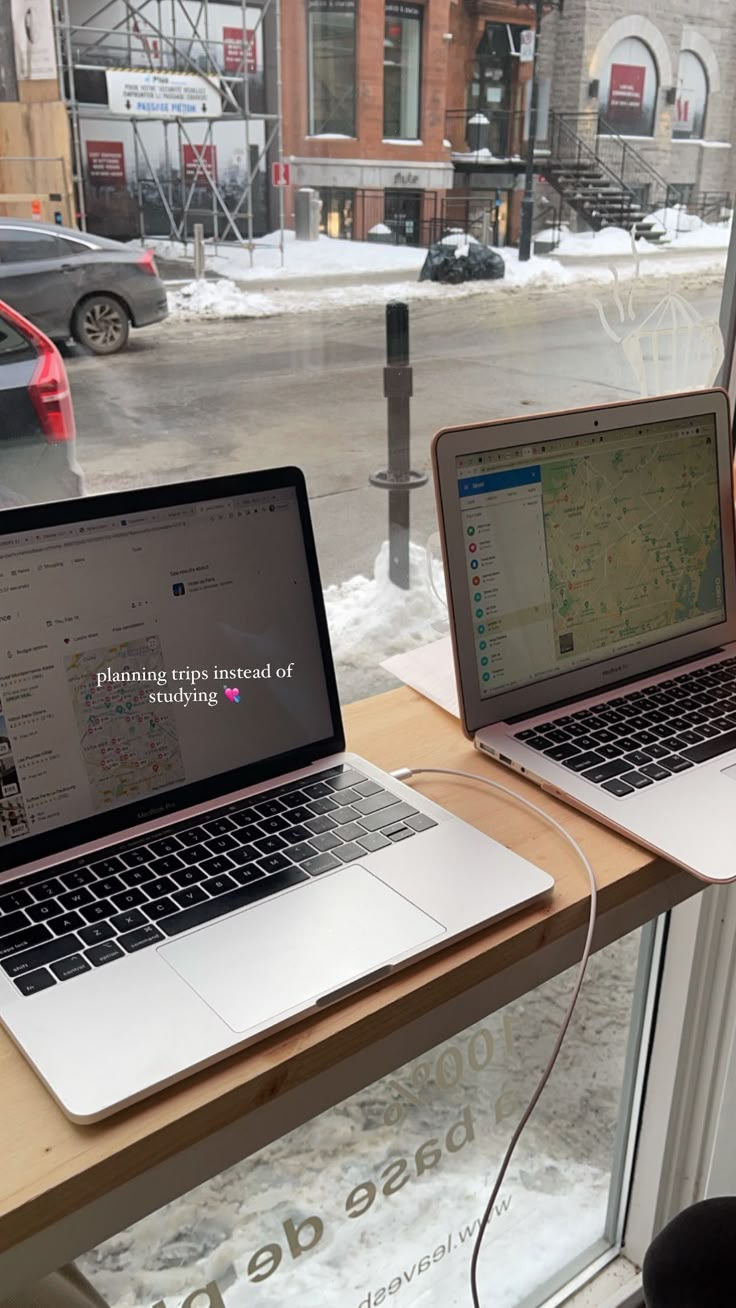
Why Your Unique Perspective as a South Asian Woman Is a Superpower in Marketing
In today’s diverse and interconnected world, understanding your target audience is more crucial than ever. For marketers looking to connect with the vibrant and influential South Asian community, having a South Asian woman on your team isn’t just an asset – it’s a superpower. Here’s why:
Tapping into Cultural Gold:
Imagine trying to navigate a complex maze without a map. That’s what marketing to the South Asian diaspora can feel like without the right cultural insights. As a South Asian woman, you possess an inherent understanding of the nuances that shape this community. From deeply rooted traditions and values to evolving consumer behaviors, you’re equipped to craft marketing campaigns that resonate authentically, avoiding cultural missteps and stereotypes that can derail even the best-intentioned efforts.
Speaking Their Language (Literally and Figuratively):
Multilingualism is often a hallmark of the South Asian experience. This linguistic versatility is a game-changer in marketing. You can connect with diverse audiences in their preferred language, building trust and rapport that transcends mere translation. Beyond language, you understand the subtle cultural cues, the unspoken messages, and the emotional undercurrents that drive consumer decisions. This allows you to tailor messaging that truly speaks to the heart of the South Asian consumer.
Bridging the Gap, Building Connections:
You act as a vital bridge between brands and South Asian consumers. You’re not just translating words; you’re translating cultural context. You can ensure that marketing messages are not only linguistically accurate but also culturally sensitive and relevant. This expertise in localization goes beyond simply adapting a global campaign; it’s about understanding the nuances of the South Asian market and crafting campaigns that feel genuinely local.
Beyond Representation: Authentic Inclusion:
Representation matters. Seeing authentic portrayals of South Asian women in marketing materials is not just about ticking a diversity box; it’s about building trust and fostering a sense of belonging. You can champion authentic representation, challenging stereotypes and ensuring that South Asian women are seen and heard in all their complexity and diversity. This genuine inclusion resonates deeply with the community and strengthens brand loyalty.
A Fresh Perspective, a Powerful Voice:
Your lived experiences as a South Asian woman provide you with unique insights into the needs, preferences, and pain points of this demographic. You can challenge traditional marketing approaches and offer fresh perspectives that resonate with modern South Asian women who are increasingly independent, educated, and influential. You understand the aspirations, the challenges, and the evolving roles of women within the community, allowing you to create marketing campaigns that connect on a deeper, more meaningful level.
The Power of a Growing Market:
South Asia represents a massive and rapidly expanding consumer market with significant purchasing power. Your understanding of this market is an invaluable asset. From the tech-savvy millennial to the discerning matriarch, you can identify and segment specific South Asian communities, tailoring marketing strategies for maximum impact. In a world increasingly driven by digital engagement, you can leverage your expertise to reach and engage South Asian consumers online, tapping into the power of social media and influencer marketing.
The Bottom Line: A Win-Win for Everyone:
Your unique perspective as a South Asian woman is a superpower in marketing. It’s a combination of cultural fluency, communication skills, and market insights that can drive significant business results. By leveraging these strengths, you can create impactful campaigns that resonate with this important demographic, building brand loyalty and achieving marketing success. It’s not just good for business; it’s about creating a more inclusive and representative marketing landscape where everyone feels seen, heard, and valued.
No Responses